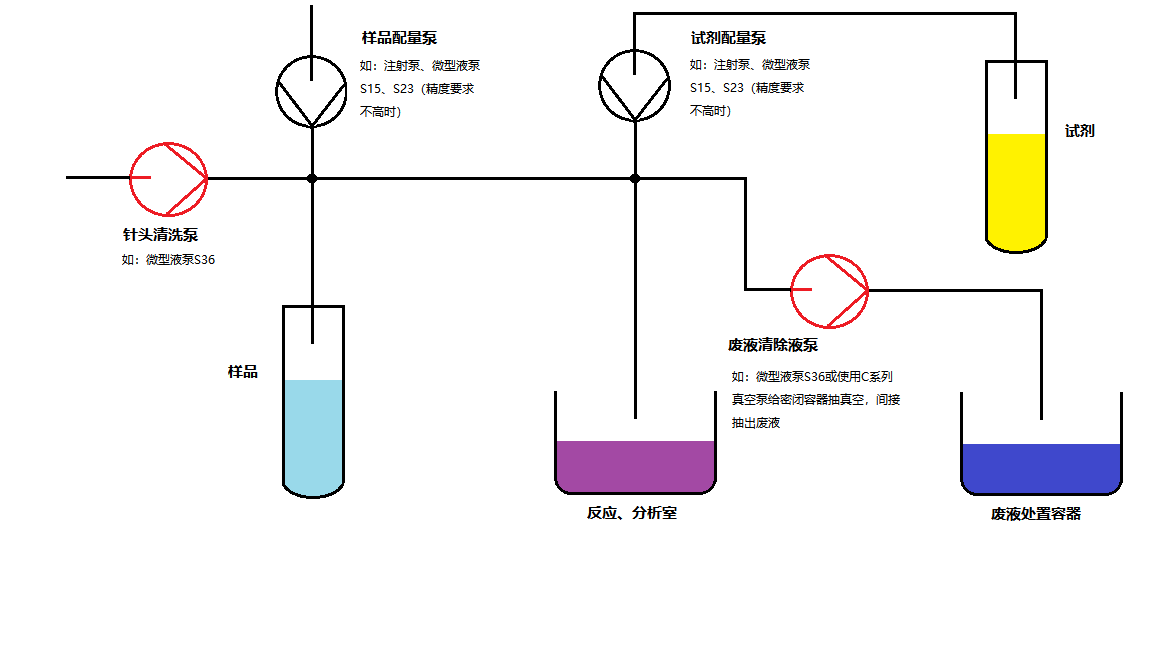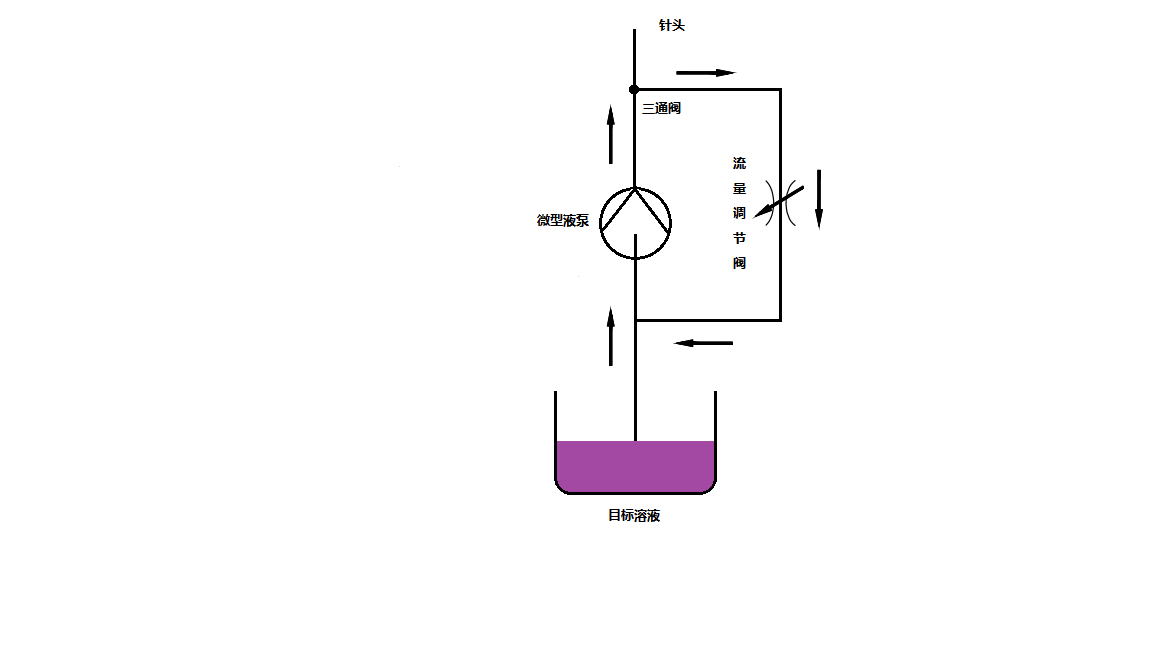1. Background Introduction
IVD is the abbreviation of “In Vitro Diagnostic products”, which is a kind of medical device. It refers to the detection of human samples (blood, body fluids, tissues, etc.) by related instruments outside the human body to obtain clinical diagnostic information, and then Products and services that determine disease or body function. The "testing" in the commonly known "testing and inspection" in our hospitals includes most subdivisions of IVD-such as biochemical diagnosis, immunodiagnosis, molecular diagnosis, elemental diagnosis, microbial diagnosis, urine diagnosis, coagulation diagnosis, tissue Diagnosis, hematology, flow cytometry, etc. Because in vitro diagnostic products do not directly affect the human body, they are classified as "non-contact human devices" in the "Classification Rules for Medical Devices".
2. Application Introduction
In IVD instruments, micropumps are widely used in clinical chemistry, hematology, immunology, microbiology and other fields. They perform important functions such as sample delivery, waste liquid removal, and cleaning of pipelines and components, which is an important driving force for in vitro diagnostic analysis.
1. Schematic diagram of IVD in vitro diagnostic fluid path:

2. The main parts of the fluid treatment of the hydraulic circuit:

(1) Sample dosage and reagent distribution: These two components are the high-precision dosage of the sample and reagent to the analysis room. The flow pressure parameter is not high, but the pump needs to have a high flow accuracy. For this link, micro-flow and high-precision pumps such as plunger pumps can be used. When accuracy is not high, conventional peristaltic or diaphragm micro-liquid pumps can be used. But in fact, a micro-liquid pump can be used in conjunction with dripping from the return line to improve the flow accuracy.

(3) Removal of waste liquid: This part is to clean and remove the waste liquid residue in the reaction chamber and the pipeline, and to clean the pipeline and remove the waste liquid through the liquid pump. In this aspect, a micro vacuum pump can also be used to vacuum the closed container, and the waste liquid in the instrument can be indirectly sucked out. The efficiency is higher, and the waste liquid does not pass through the pump cavity, which increases the service life of the pump. (For detailed case analysis, please refer to our official website). For the scenario where you want to simplify the gas path and do not use vacuum containers to absorb waste liquid, you can use a diaphragm liquid pump to directly drain the waste liquid.
3. Application difficulties
1. In vitro diagnostic equipment needs a high-precision, long-life, pollution-free, and highly reliable sampling system to complete the sample pretreatment and sample/reagent addition process, which has extremely high requirements for the performance of the micro pump;
2. Corrosive solvents are often used when rinsing pipes and needles, and the waste liquid containing crystals or blood clots needs to be discharged from the system in time. The micro pump needs to have a certain anti-corrosion ability, and have a large flow rate and large pressure;
3. The micro pump can work under various working pressures to meet the working requirements of different pressure and flow scenarios.
4. Solutions
1. Micro liquid pump S15: (see the product center for details)
(1) Use: sample dosage or reagent
(2) Brief description: The micro liquid diaphragm pump is used to continuously and stably transport the liquid; the no-load flow range: about 30ML/min.
(3) Advantages: stable flow, small pulse and adjustable; compatible with corrosive complex media and remote control.
2. Micro liquid pump S23: (see the product center for details)
(1) Uses: sample dosage or reagent distribution, pipeline cleaning or waste liquid removal
(2) Brief description: Micro liquid diaphragm pump for continuous and stable liquid delivery; no-load flow range: about 0.4L/min, head: 1.2M (still flow).
(3) Advantages: stable flow, small pulse and adjustable; compatible with corrosive complex media and remote control.
3. Micro liquid pump S36: (see the product center for details)
(1) Uses: pipeline cleaning or waste liquid removal
(2) Model: S36L, S36M, S36S
(3) Brief description: The micro liquid diaphragm pump is used to continuously and stably transport the liquid; the no-load flow range: 1.4 to 3L/min, the working pressure can reach 10m H2O, and it can continue to output stably at the maximum working pressure.
(4) Advantages: stable and adjustable flow rate, large outlet pressure; compatible with complex corrosive media, remote control
4. C series mini vacuum pump: (see the product center for details)
(1) Uses: waste liquid collection and removal
(2) Models: C13, C15, C26, C30, C50, C60
(3) Brief description: Micro diaphragm vacuum pump, vacuum pumping; peak flow range: 0.5 to 28L/min, average flow range: 0.4 to 18L/min, relative vacuum degree: -20 to -83kpa
(4) Advantages: high vacuum and stable performance; long-life operation and reliable performance; stable and adjustable flow rate; compatible with corrosive and complex media and remote control.


